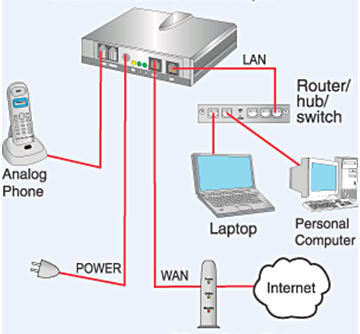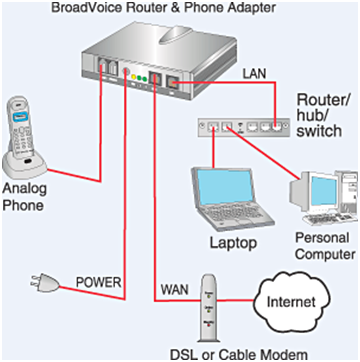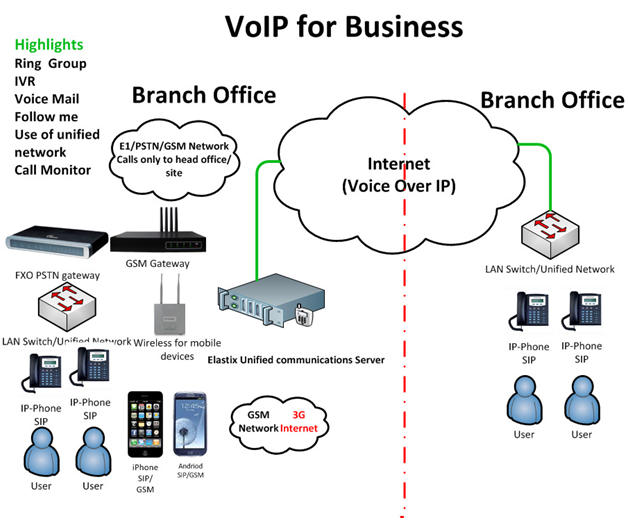There is a big rush to VoIP telephones. At the moment it is mostly businesses that are signing up. In the future we’ll probably be using VoIP at home too.
Not everyone is immediately happy with the new technology, but more often than not it is because they don’t yet understand it and don’t have an adequate set-up to support it.
VoIP versus landlines
The key difference between VoIP and traditional telephone lines is that traditional lines were independent of everything else. They had their own power supply, cables and switchboards. VoIP on the other hand is a shared service: it runs on the same lines, wave-bands and machines and power supply as other services like broadband TV, the Web, Cloud software and email.
Wholesale VoIP termination rates are more attractive than ever before and come with a host of advanced features, but adequate shared resources can be critical in getting good quality from your phones. Common complaints – such as dropped lines, momentary distortion, one-way only speech, and echoes on the line can all be warnings that your connection is overloaded.
The problem may work in reverse. When too many people are making calls, your network connections can begin to seize up.
In offices, incoming and outgoing calls are often accompanied by simultaneous use of bandwidth eating software – web pages, CRM systems, Cloud job-tracking solutions and so on. As a result, each call makes a bigger impact on the network bandwidth than was foreseen.
Things to avoid
Avoid routing every phone line through a single router and broadband service. As well as overloading it, this puts all your eggs in one basket if it goes down. Dividing network connections through several routers and separate accounts is wiser.
Don’t opt for broadband accounts that quote attractive download speeds but say little about upload (see https://www.ispreview.co.uk/index.php/2014/08/forgotten-importance-broadband-internet-upload-speeds.html). VoIP is a two-way technology and providers like https://www.idtexpress.com/ recommend about 100Kbps of upload bandwidth for each call likely to be in progress at peak times.
Remember that migrating telephony to the Cloud means it is no longer independent. If electricity goes down routers go down, if routers go down you lose contact with the customer service departments of your providers.
Some providers offer service monitoring guarantees. They can detect if your lines get into difficulty and take immediate steps to rectify the situation.







Leave a Reply